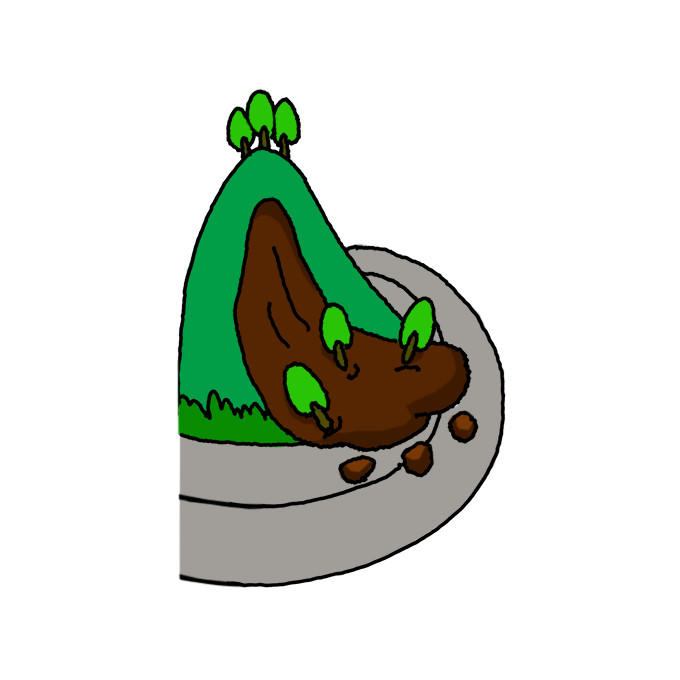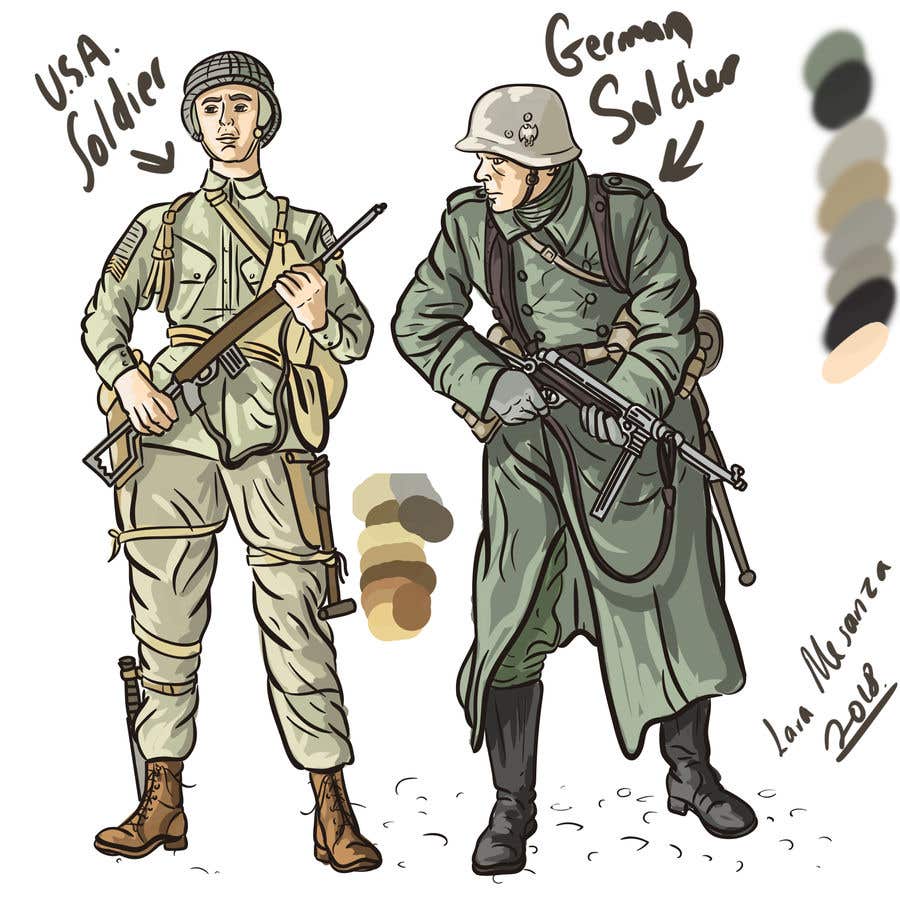How to draw a landslide
Table of Contents
Table of Contents
Are you interested in drawing a landslide step by step? Landslides are natural disasters that can happen anywhere, at any time. With this easy guide, you’ll learn how to draw a realistic landslide, one step at a time.
The challenges of drawing a landslide
Drawing a landslide can be challenging, especially if you don’t know where to start. Landslides are massive natural disasters that have a lot of detail, so it can be tough to represent them accurately on paper. Figuring out the correct perspective, lighting, and shading can be difficult, but with this guide, you’ll learn how to make it easier.
How to draw a landslide step by step
The first step in drawing a landslide is to draw the contours of the terrain. Next, draw the mud and rocks that are moving down the hill. Be sure to add details such as debris, trees, and other features to the landslide to make it more realistic. Finally, add shading to the landslide to make it look more 3D and give it personality.
Summary of how to draw a landslide step by step guide
With our guide, you’ll learn how to draw a realistic landslide that includes many essential features such as terrain contours, debris, rocks, trees, and shading. Our step-by-step process makes it easy to follow, so you can draw a fantastic, realistic landslide in no time.
Starting with the basics: How to sketch a contour of the terrain
Begin with a pencil and a piece of paper. Start outlining where you want to draw the landslide, indicating the topography of the hills and mountains. Begin with a rough sketch, identifying the fractures and grooves within the rocks, before refining and detailing them. Once you have the general framework of your landslide, it’s time to start drawing in the rocks and debris that are cascading downwards.
 For the falling debris, make sure they appear loose and lifelike, almost like they are tumbling down the hill. Make sure every rock is positioned like it’s meant to be that way, and there is cohesion in the bigger masses to make it all appear as a landslide tearing into the landscape.
For the falling debris, make sure they appear loose and lifelike, almost like they are tumbling down the hill. Make sure every rock is positioned like it’s meant to be that way, and there is cohesion in the bigger masses to make it all appear as a landslide tearing into the landscape.
The importance of showing movement
One crucial aspect of illustrating a landslide is to depict the wave-like motion of the rocks and debris that are tumbling downwards. When drawing a single stone, make sure it appears unbalanced, with inclination and momentum tilting it off the ground. Smaller pebbles and rocks that are rolling down must all be pointed in the same direction, reflecting the slope on the hill.
 ### The significance of shading and finishing touches
### The significance of shading and finishing touches
Adding shading to the landslide is critical to give it a 3D effect. Shadows help establish the gradient of the hill and the direction of the light source. Add highlights to the bigger rocks and debris to add depth to them. Keep working on the artwork with the intent to make it more realistic and lifelike until it matches the vision in your mind perfectly.
Personal touch: Pencil or tablet?
Whether you prefer drawing with a pencil and paper or on a tablet depends on your preference. Drawing by hand provides a more tangible and tactile experience, while a digital drawing can help work wonders in terms of smoothness and fine details. Choose what feels best for you.
 Q & A: Frequently Asked Questions
Q & A: Frequently Asked Questions
Q. Can I add other natural disasters with a landslide into my artwork?
A. Absolutely, besides the landslide, you can add more elements such as rain, wind, thunderstorms, and even forest fire damage adjacent to the disaster.
Q. Can I try out different color patterns for the landslide?
A. Yes, you can experiment with different hues and gradients for the artwork. Dark, gritty colors help to create a realistic and dramatic effect.
Q. How long does it take to learn how to draw a landslide?
A. You can learn the basic steps in a few hours and with practice, master the technique. The more you do it, the more comfortable you’ll be with it.
Q. Is it okay to make mistakes?
A. Absolutely. Mistakes are a part of the learning experience. Don’t be too hard on yourself, and keep learning from your errors as they can make the artwork better.
Conclusion of how to draw a landslide step step by step
Drawing a landslide can be challenging, but with practice, you’ll refine your artwork and make it better. Remember to follow the structure and instructions from our step-by-step guide, and if you ever encounter difficulties, take a break, regroup, and keep working at it. Happy drawing!
Gallery
How To Draw A Landslide - Step By Step Easy Drawing Guides - Drawing Howtos

Photo Credit by: bing.com / landslide hill
The Long Detour

Photo Credit by: bing.com / landslide drawing easy drawings detour long sketch chandler drawntheroadagain california kids road choose board
How To Draw A Landslide - Step By Step Easy Drawing Guides - Drawing Howtos

Photo Credit by: bing.com / landslide
How To Draw A Landslide - Step By Step Easy Drawing Guides - Drawing Howtos

Photo Credit by: bing.com / landslide
Drawing Ng Landslide - A Landslide Or Landslip Are A Natural Disaster
Photo Credit by: bing.com / landslide landslides unavoidable unfortunately landslip






